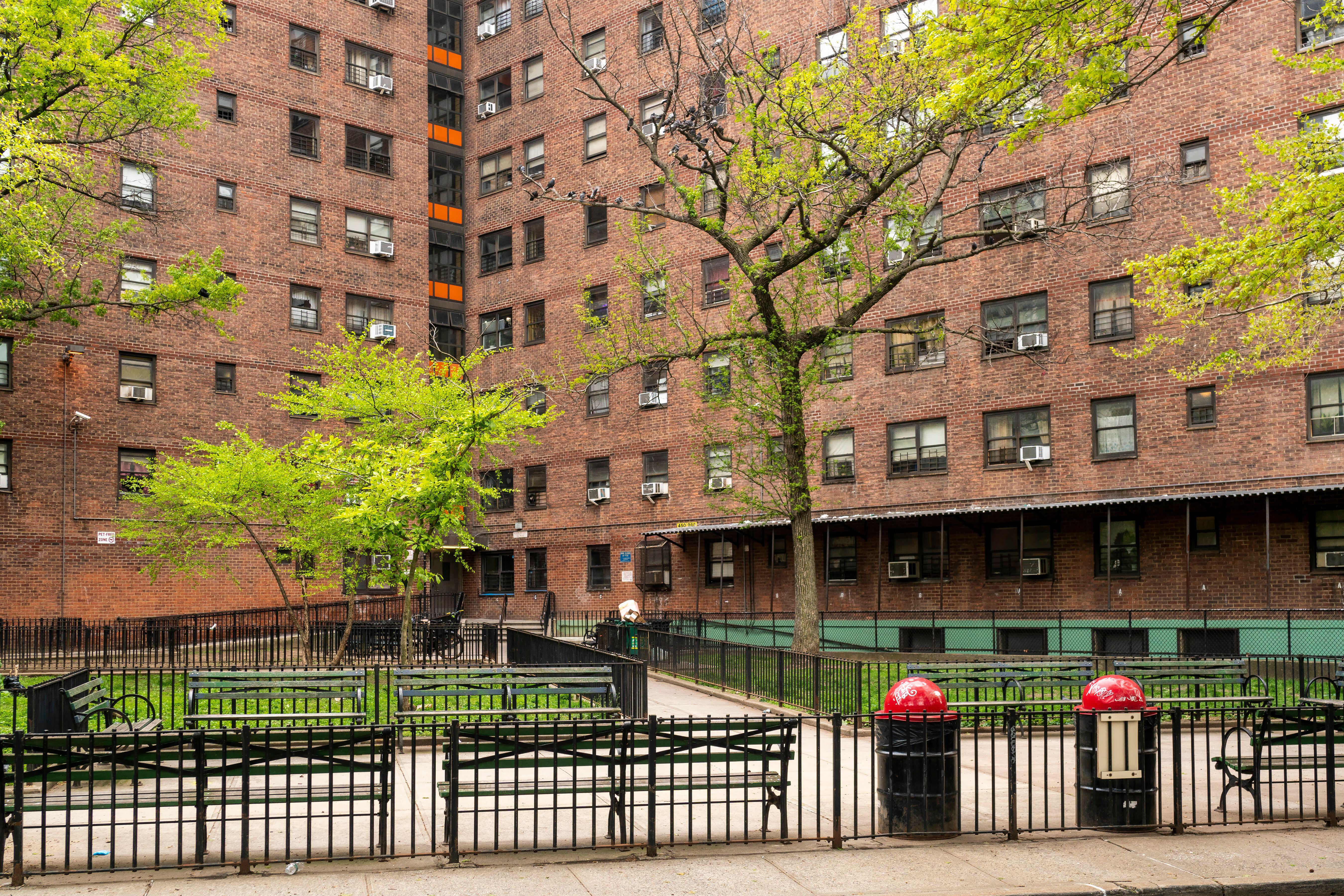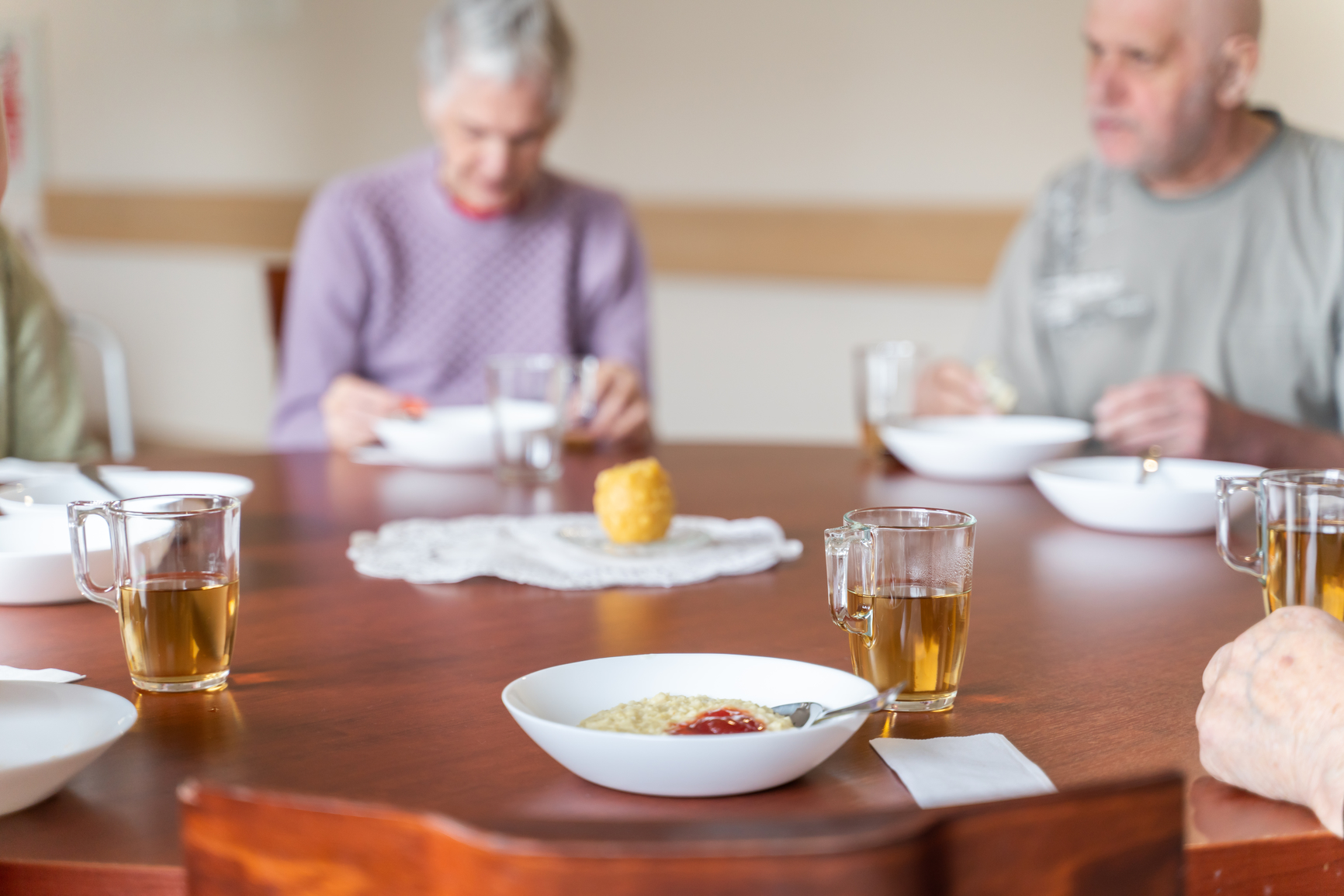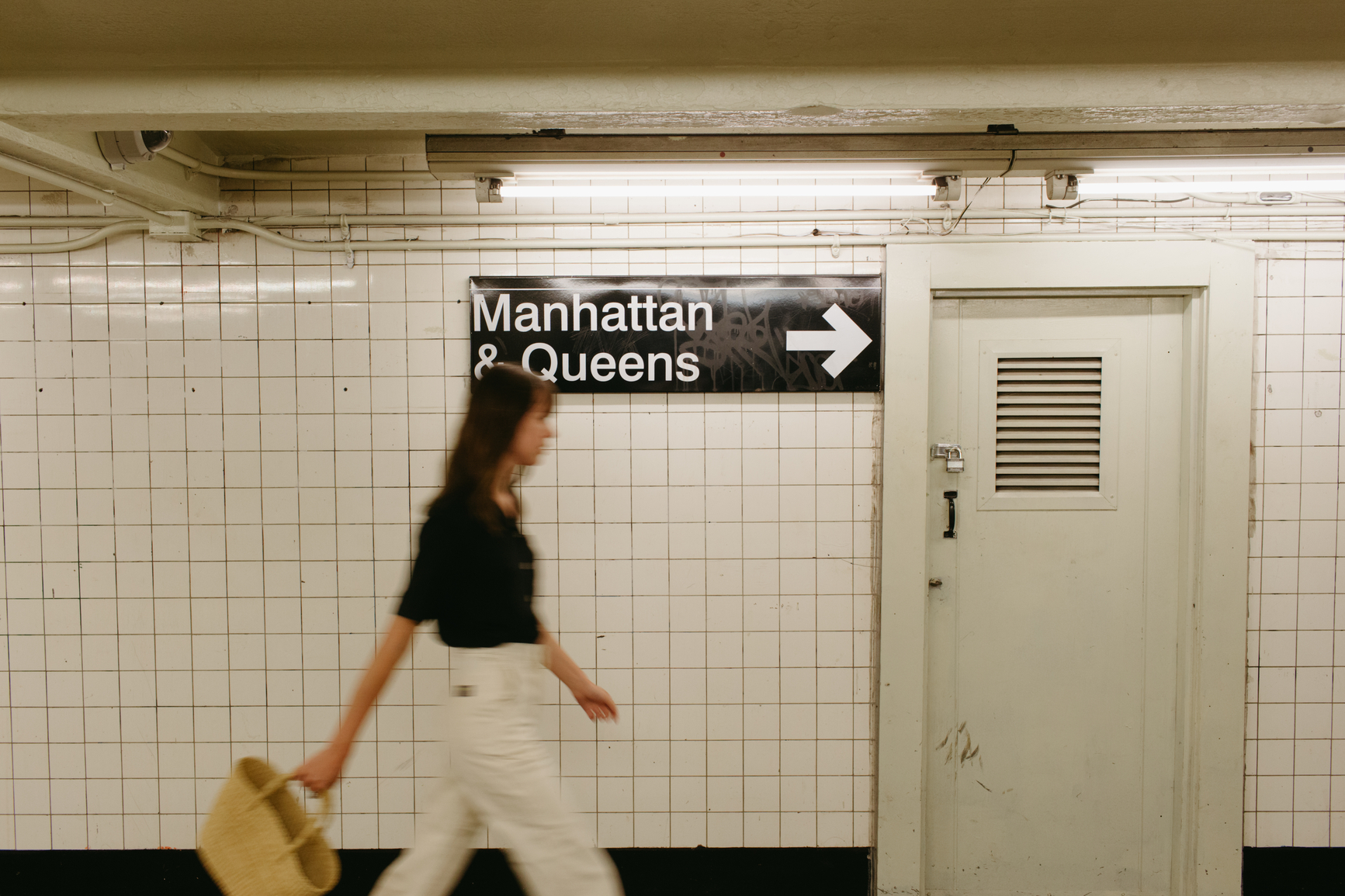Research on the Mayors Action Plan (MAP) in NYC

Problem
Complicated Mix of Deep Problems Challenges Residents of NYCHA.
Crime and violence is concentrated in a few complexes within New York City's Housing Authority communities. However, the problems that give rise to higher violence extend well beyond the constraints of the criminal justice system. Those NYCHA communities with the highest level of violence experience what social scientists often refer to as cumulative disadvantage: high levels of poverty, limited access to work and high-quality schools, and social and economic isolation. Solutions to these problems then must extend well beyond the criminal justice systems and include public health, workforce, education and other social services.
Solution
Place-Based Intervention to improve social determinants of health.
The Mayor’s Action Plan (MAP) in New York City (NYC) is a $140M intervention delivered within the 15 highest violence public housing developments administered by the NYC Housing Authority (NYCHA). The four year MAP project, begun in 2015, seeks to implement a range of place-based interventions in order to achieve broad improvements in social determinants including health and employment and reductions and crime and victimization. At the same time, MAP seeks increased social capital through improvements in social engagement and connectedness, as measured by reductions in physical and social disorder and improvements in perceptions of public safety, and, increased perceptions of public agency legitimacy (perceptions of procedural justice), social cohesion and trust. NORC was tasked with developing and administering a survey to measure change among MAP residents' perceptions over a year long period.
Result
Research finds promising effects of MAP in NYC.
Overall, the study finds an association between the highest awareness of the MAP initiative) and reductions in serious crime (i.e., changes in the seven major felonies traditionally recorded by the FBI and misdemeanors. The effect is moderate, as seen in an estimated reduction in the incidence rate ranging from 37 to 43 percent for serious crimes and a reduction in the incidence rate of misdemeanors of between 13 and 20 percent, though neither effect is statistically significant. Older respondents were significantly more likely to report higher social cohesion in their development but less likely to have knowledge of social support services than younger respondents. More positive perceptions of collective efficacy were associated with higher resident age. Relative to Black residents, Hispanic and multiracial residents rated social cohesion in their development significantly lower and were less likely to report knowing social support services. Hispanic residents also rated NYPD procedural justice significantly higher than Black residents.








